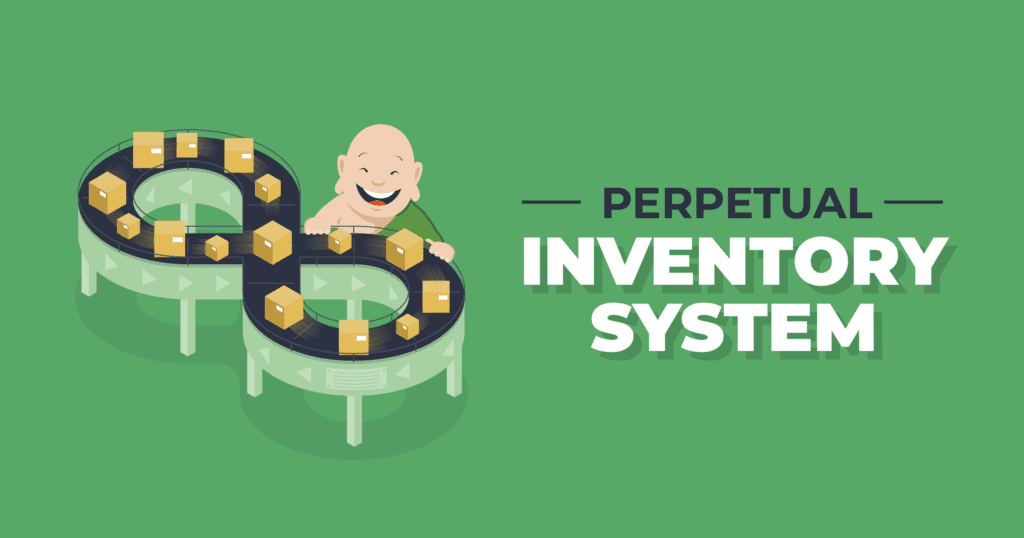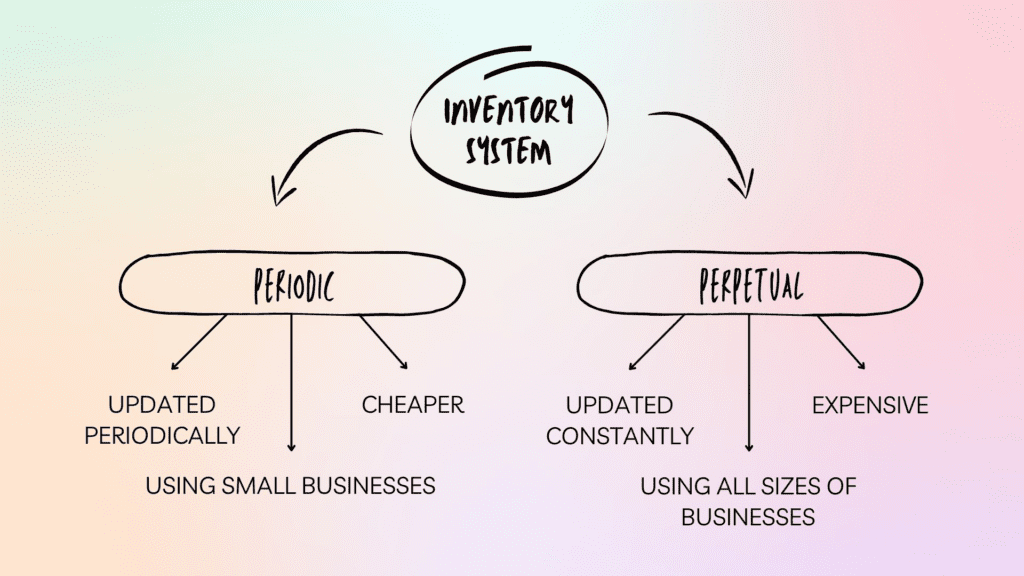
Navigating the intricacies of inventory management is a critical aspect of running a successful business, and choosing the right inventory system is a pivotal decision. Two primary approaches, periodic and perpetual inventory systems, offer distinct methods for tracking and managing stock. In this exploration, we delve into the comparison between these two systems—Periodic vs. Perpetual Inventory: What’s the Difference?
What is periodic inventory?

Periodic inventory refers to an inventory management system in which a business does not continuously track the quantity of its inventory in real-time. Instead, the company periodically takes physical counts of its inventory at specific intervals, such as monthly, quarterly, or annually, to determine the quantity of goods on hand.
What is perpetual inventory?

Perpetual inventory is an inventory management system where a business maintains real-time, continuous updates of its inventory levels. In a perpetual inventory system, changes to inventory quantities occur automatically as a result of every sale, purchase, return, or any other inventory-related transaction. This system provides an up-to-the-minute account of the quantity of goods on hand.
Benefits of periodic & perpetual inventory
Periodic Inventory:
- Simplicity and Cost-Effectiveness: Periodic inventory systems are often simpler to implement and require less sophisticated technology. This simplicity can reduce implementation and maintenance costs.
- Suitable for Smaller Businesses: Smaller businesses with simpler inventory needs may find periodic systems more practical and cost-effective.
- Less Technology Dependence: Since periodic systems don’t require real-time tracking and sophisticated software, businesses with limited technological infrastructure can still manage their inventory effectively.
Perpetual Inventory:
- Real-Time Visibility: Perpetual systems provide immediate and accurate information about the status of inventory, allowing for better decision-making and improved responsiveness to changes in demand.
- Efficiency in Order Management: Real-time data facilitates efficient order management, helping businesses avoid stockouts and reduce excess inventory.
- Reduced Risk of Errors: Automated updates reduce the risk of manual errors associated with periodic physical counts.
What are the difference between periodic and perpetual inventory system?

The primary differences between periodic and perpetual inventory systems lie in how they track and manage inventory. Here are the key distinctions:
Tracking of Inventory:
- Perpetual: In a perpetual inventory system, the inventory levels are continuously updated in real-time as goods are bought or sold. Each transaction, whether it’s a purchase or a sale, triggers an immediate update to the inventory records.
- Periodic: In a periodic inventory system, inventory levels are not constantly updated. Instead, the company conducts physical counts at specific intervals (e.g., monthly, quarterly, or annually) to determine the quantity of goods on hand.
Recording of Transactions:
- Perpetual: Every buying and selling transaction is recorded immediately, adjusting the inventory levels in real-time. This allows for accurate and up-to-date information on the quantity and value of inventory at any given moment.
- Periodic: Transactions are not recorded in real-time. Instead, adjustments to inventory are made periodically after a physical count has been conducted.
Accuracy and Timeliness:
- Perpetual: Provides more accurate and timely information about the status of inventory levels. This real-time tracking helps in better inventory management and reduces the likelihood of errors.
- Periodic: May be less accurate since the recorded inventory levels may not reflect the current stock situation. It relies on occasional physical counts to correct discrepancies.
Complexity and Cost:
- Perpetual: Generally requires more sophisticated inventory tracking systems and software. While it offers real-time benefits, it can be more complex and may involve higher implementation costs.
- Periodic: Can be simpler to implement and may be more cost-effective, especially for smaller businesses with less complex inventory needs.
Use Cases:
- Perpetual: Often preferred for businesses with a high volume of transactions or complex inventory requirements. It provides better control and visibility into inventory levels.
- Periodic: Commonly used by smaller businesses with simpler inventory needs, where the cost and complexity of a perpetual system may outweigh the benefits.
In summary, the choice between periodic and perpetual inventory systems depends on the specific needs, size, and resources of the business. While periodic systems offer simplicity and cost advantages, perpetual systems provide real-time accuracy and efficiency. Businesses must weigh these factors to determine the most suitable inventory management approach for their operations.